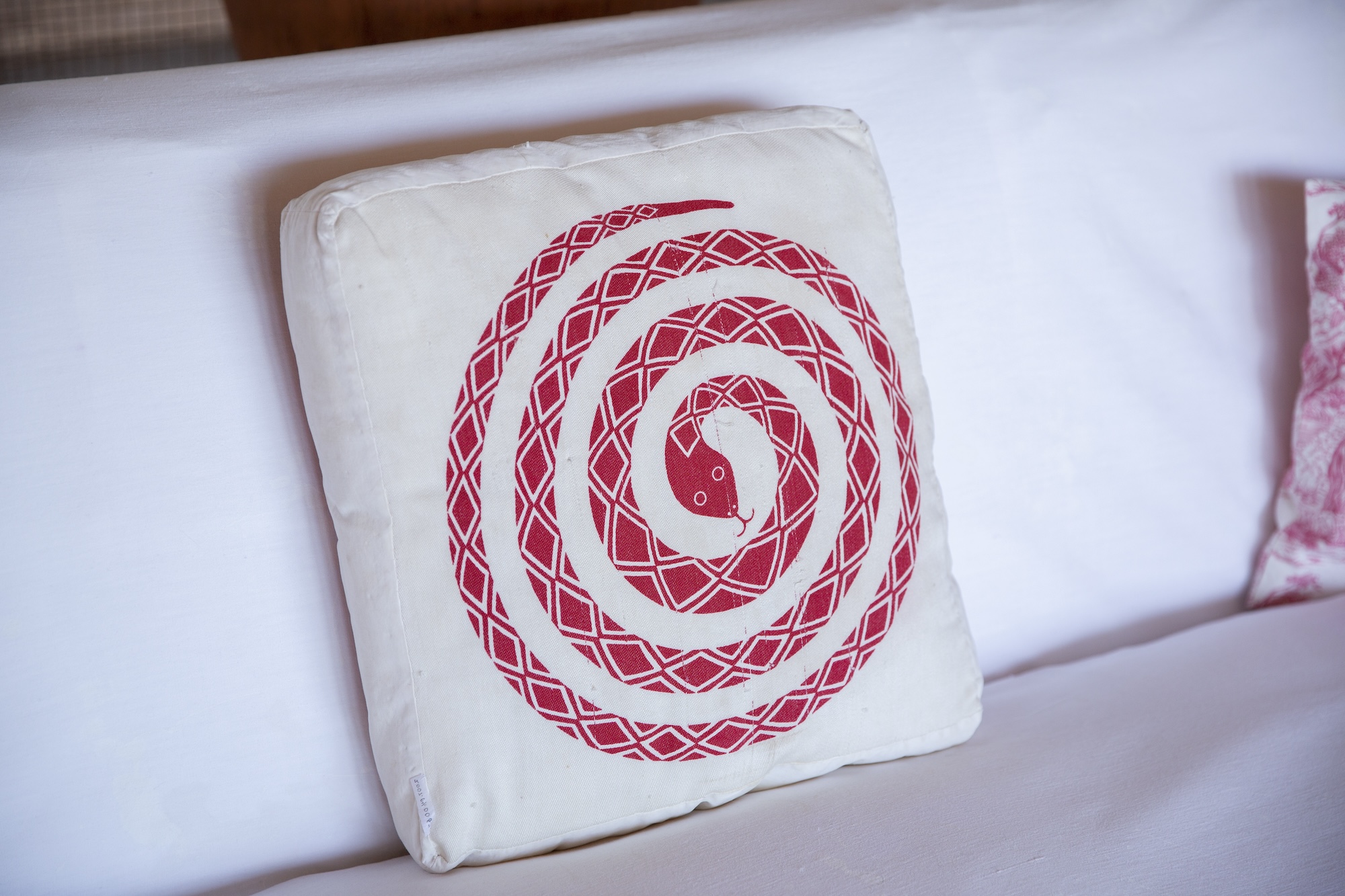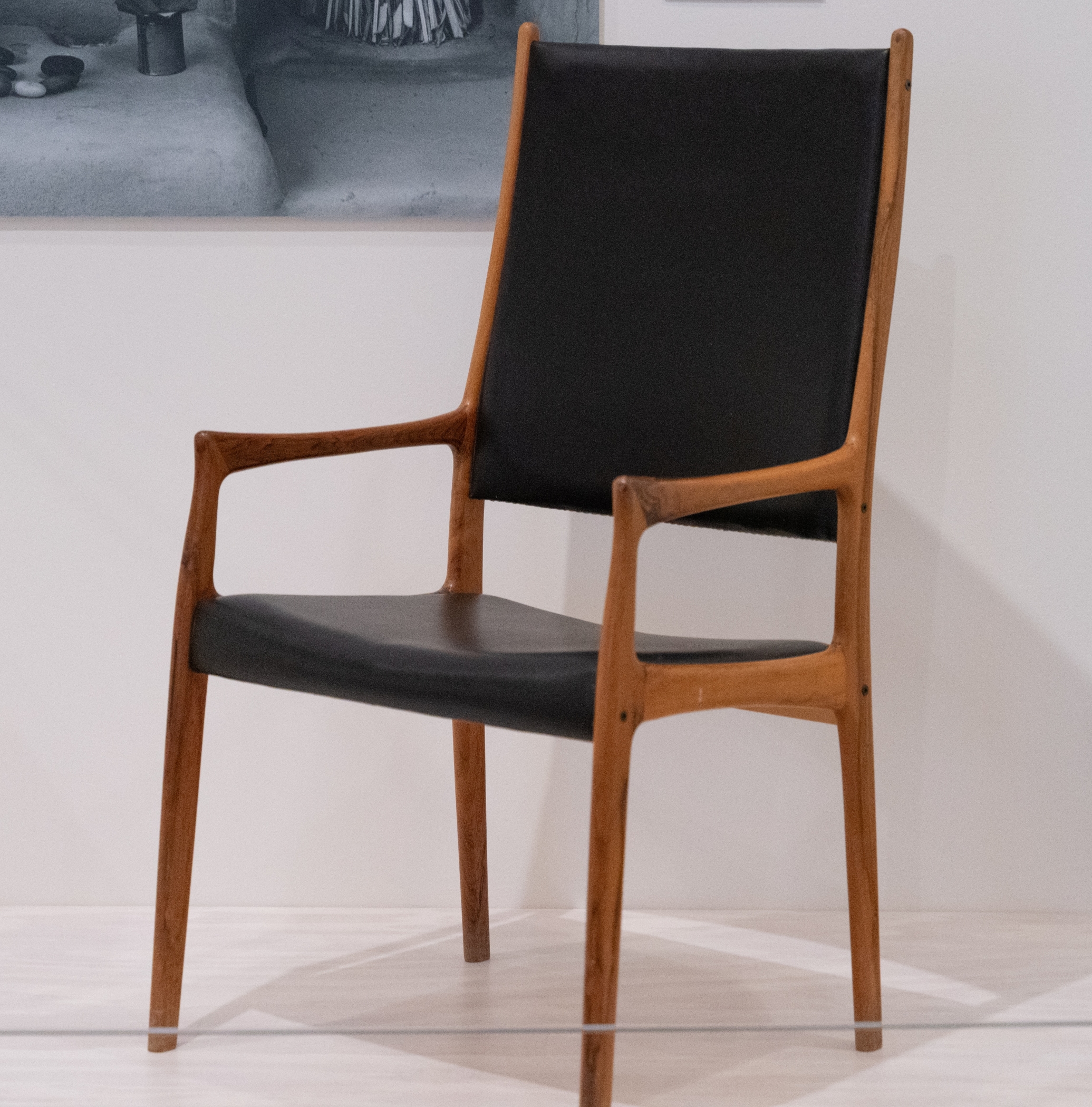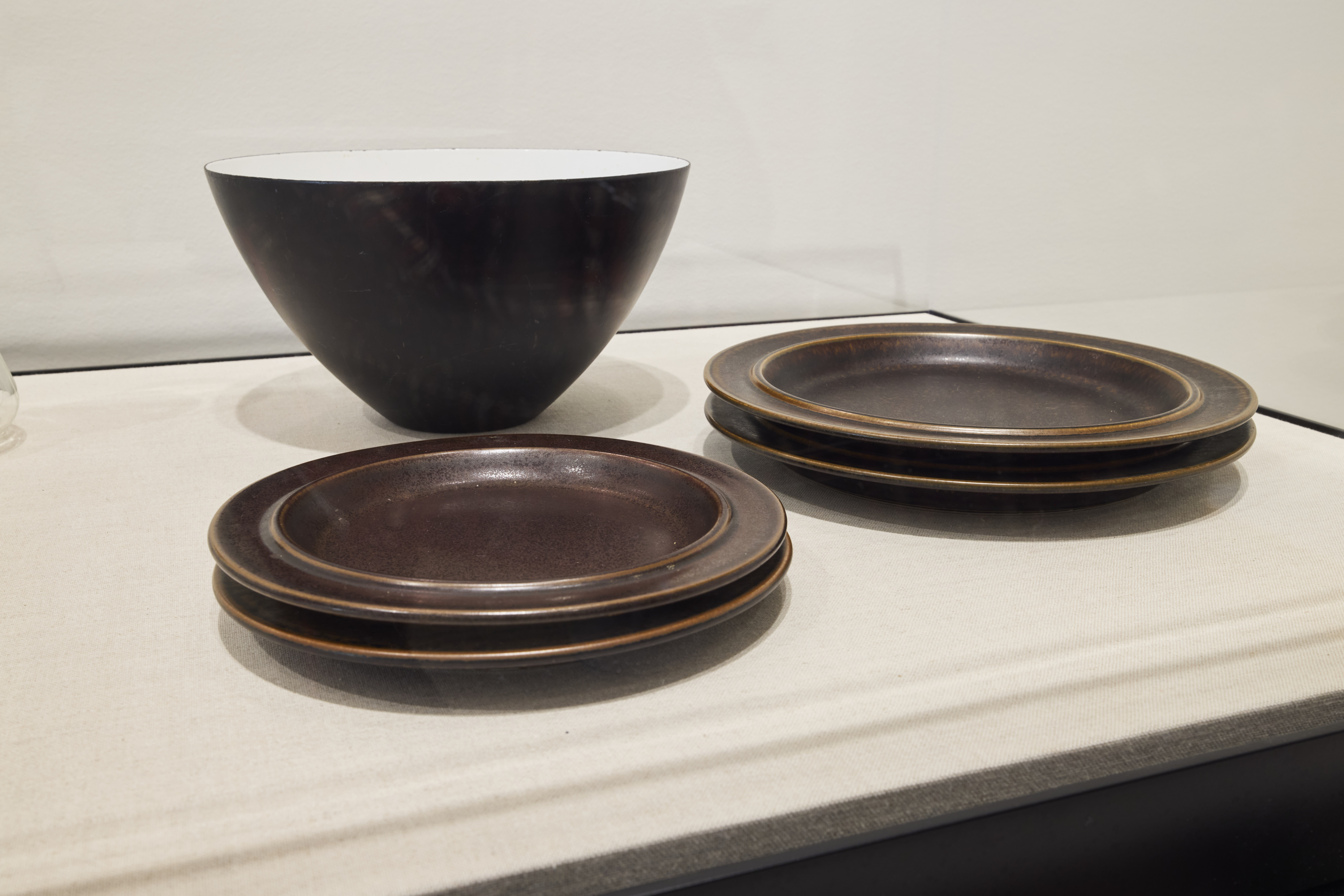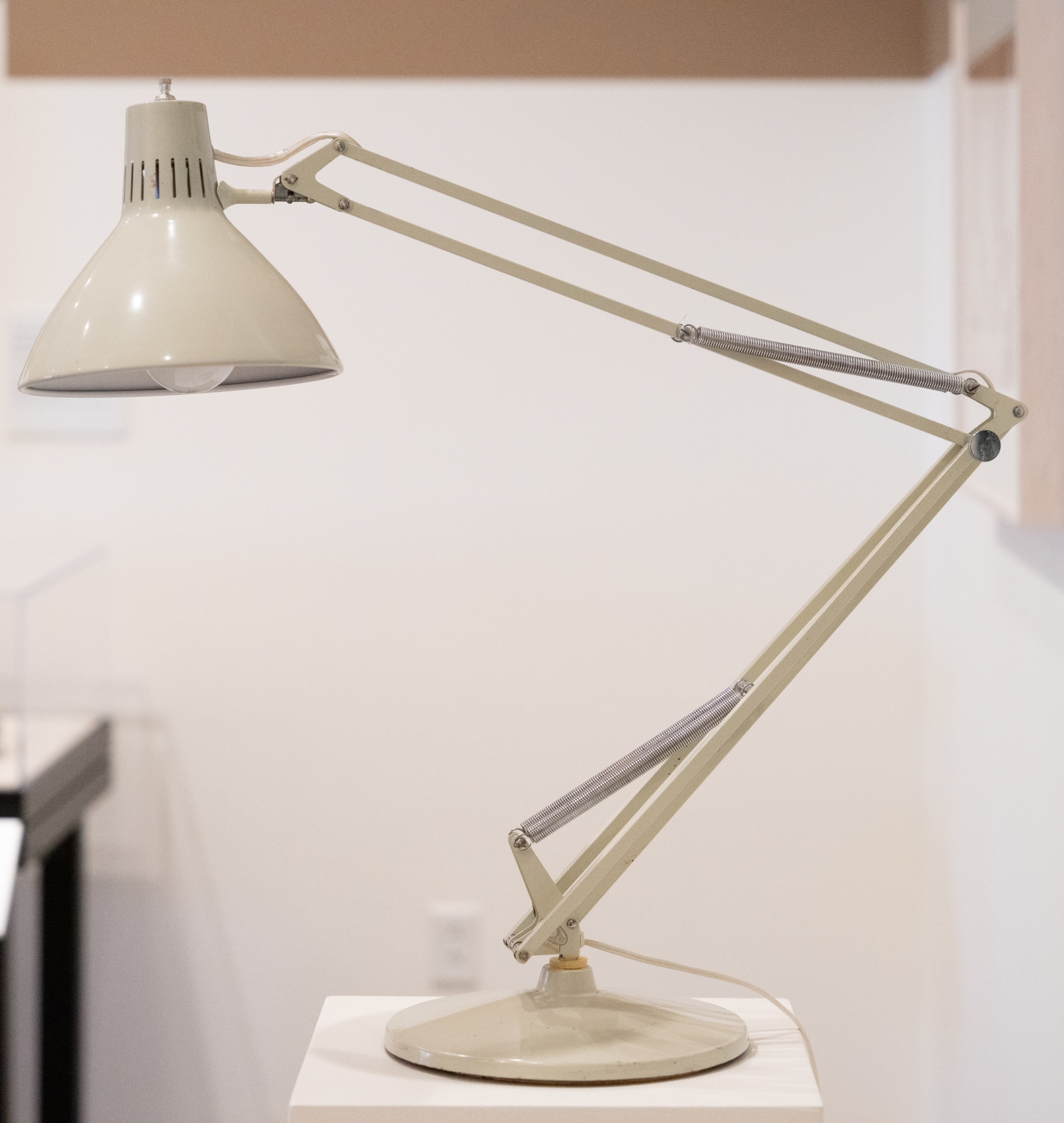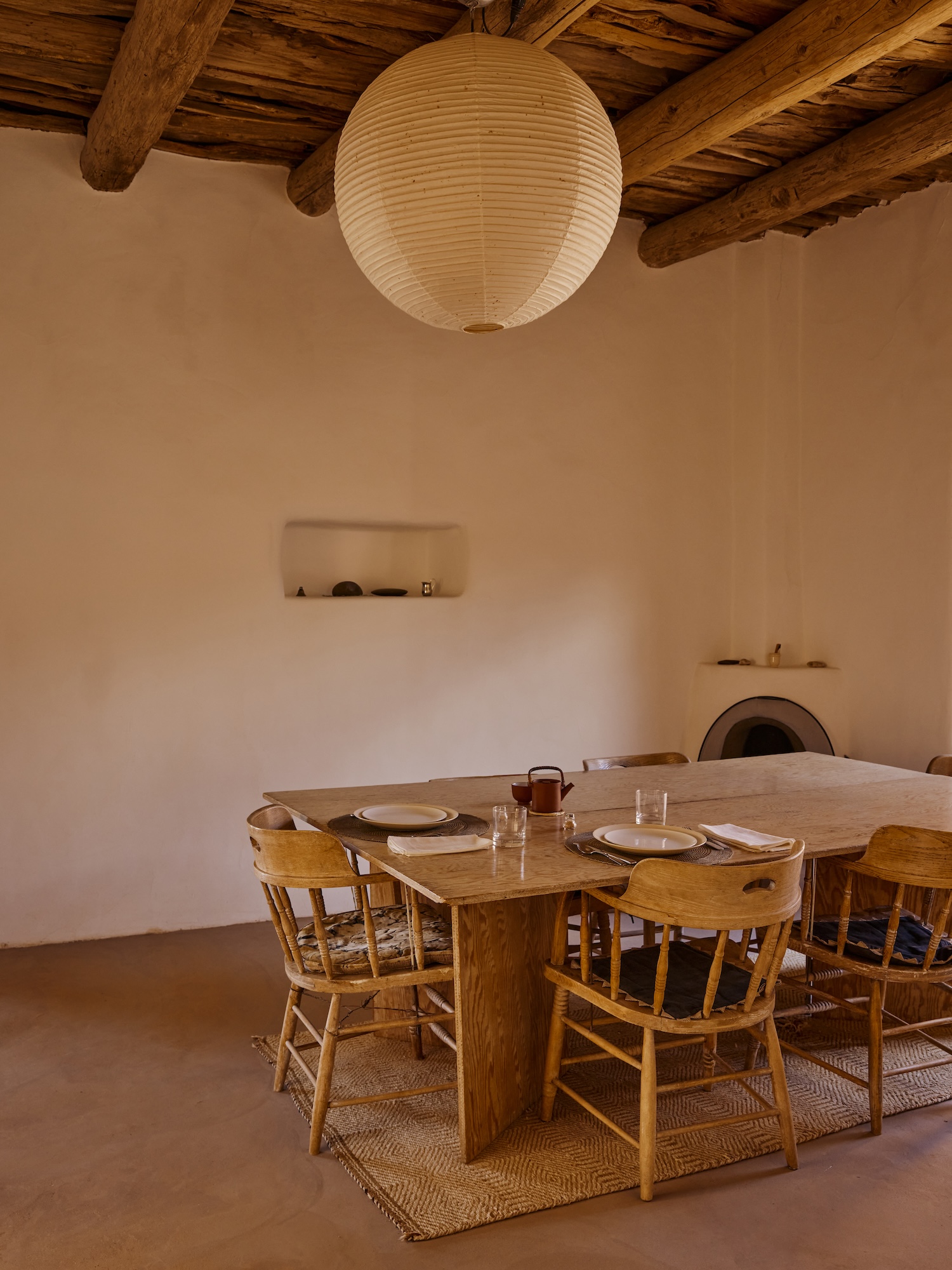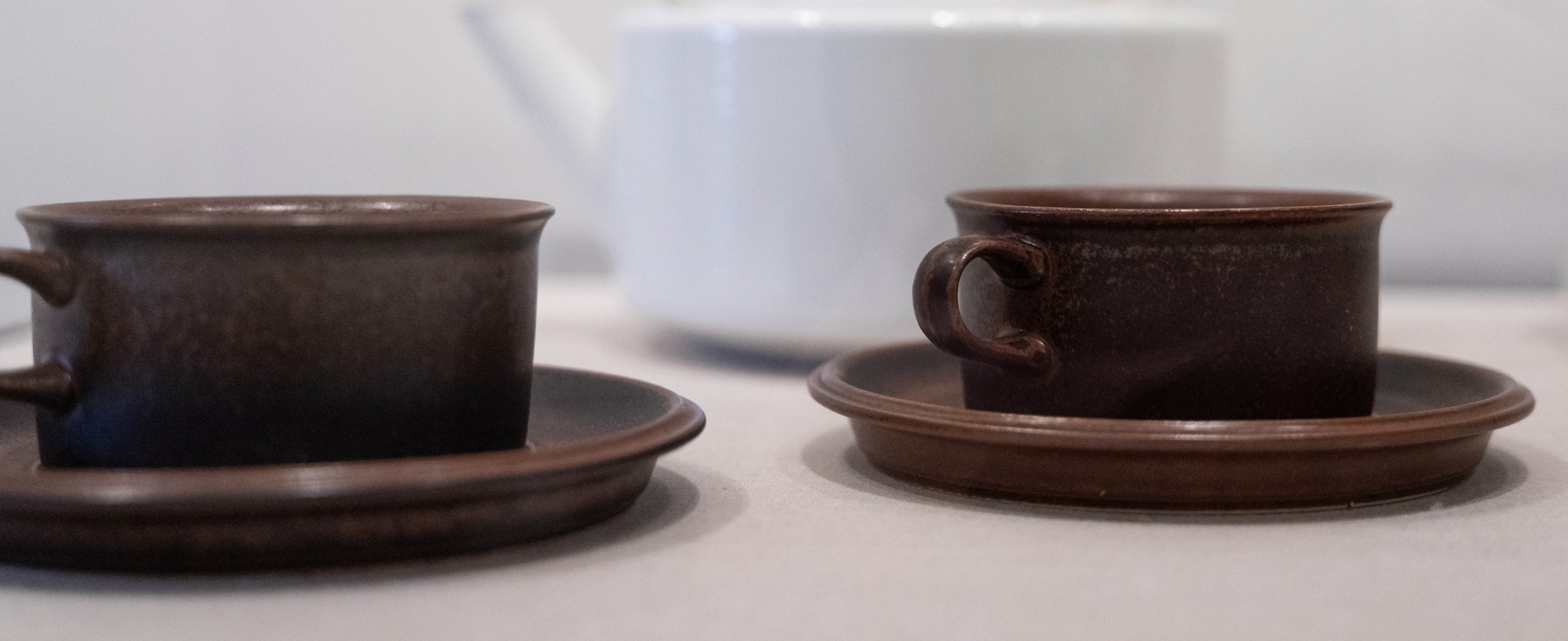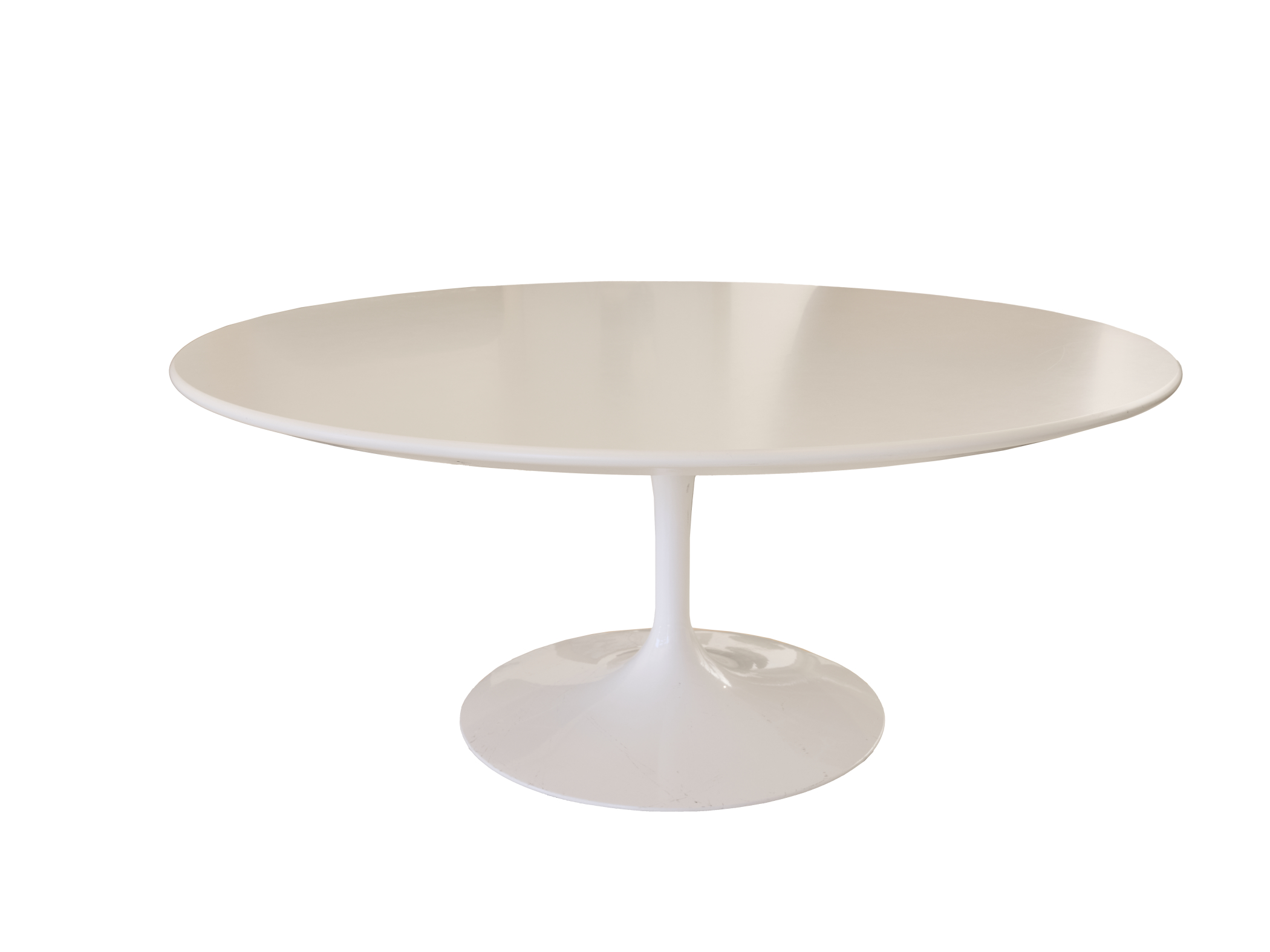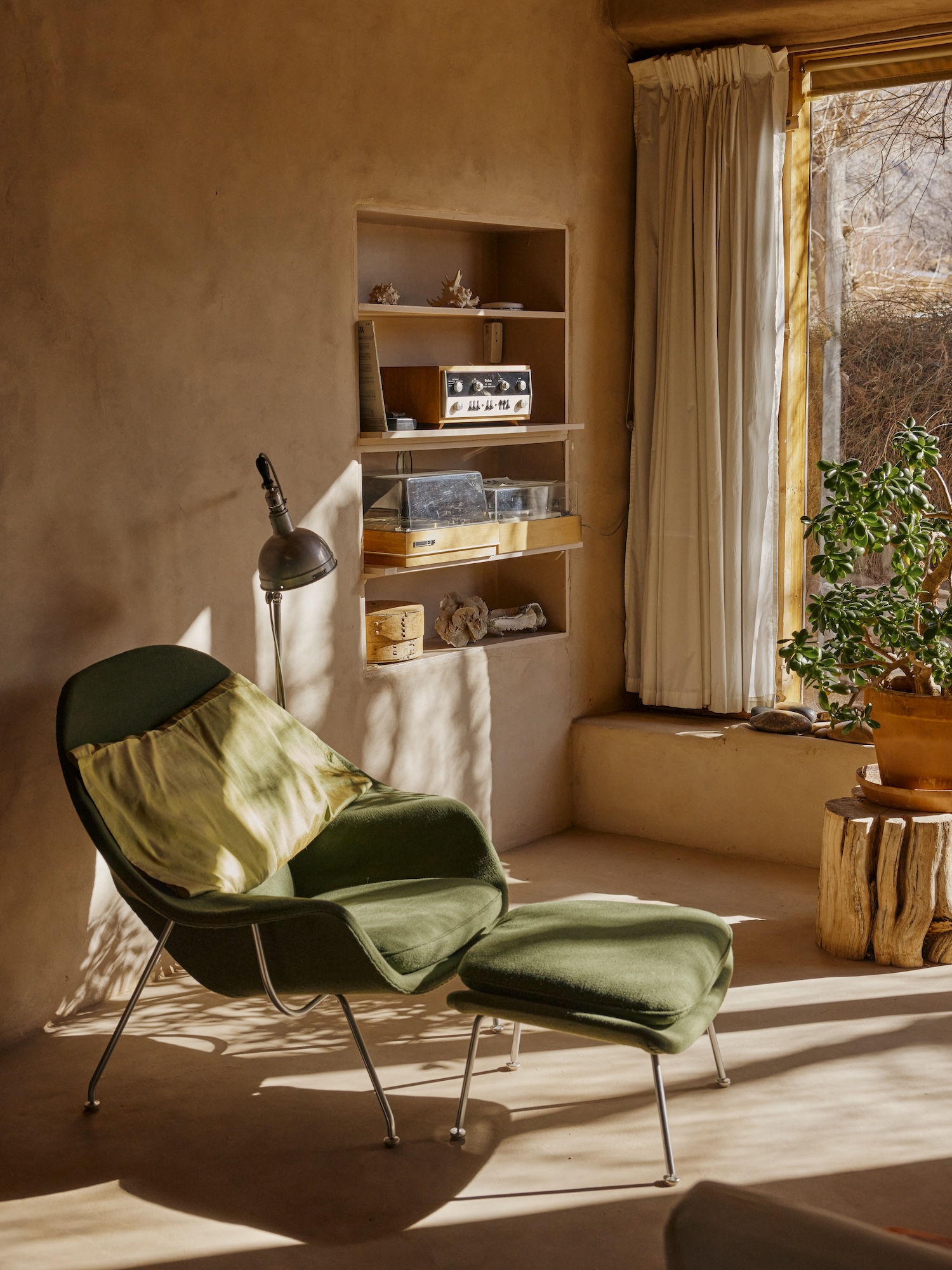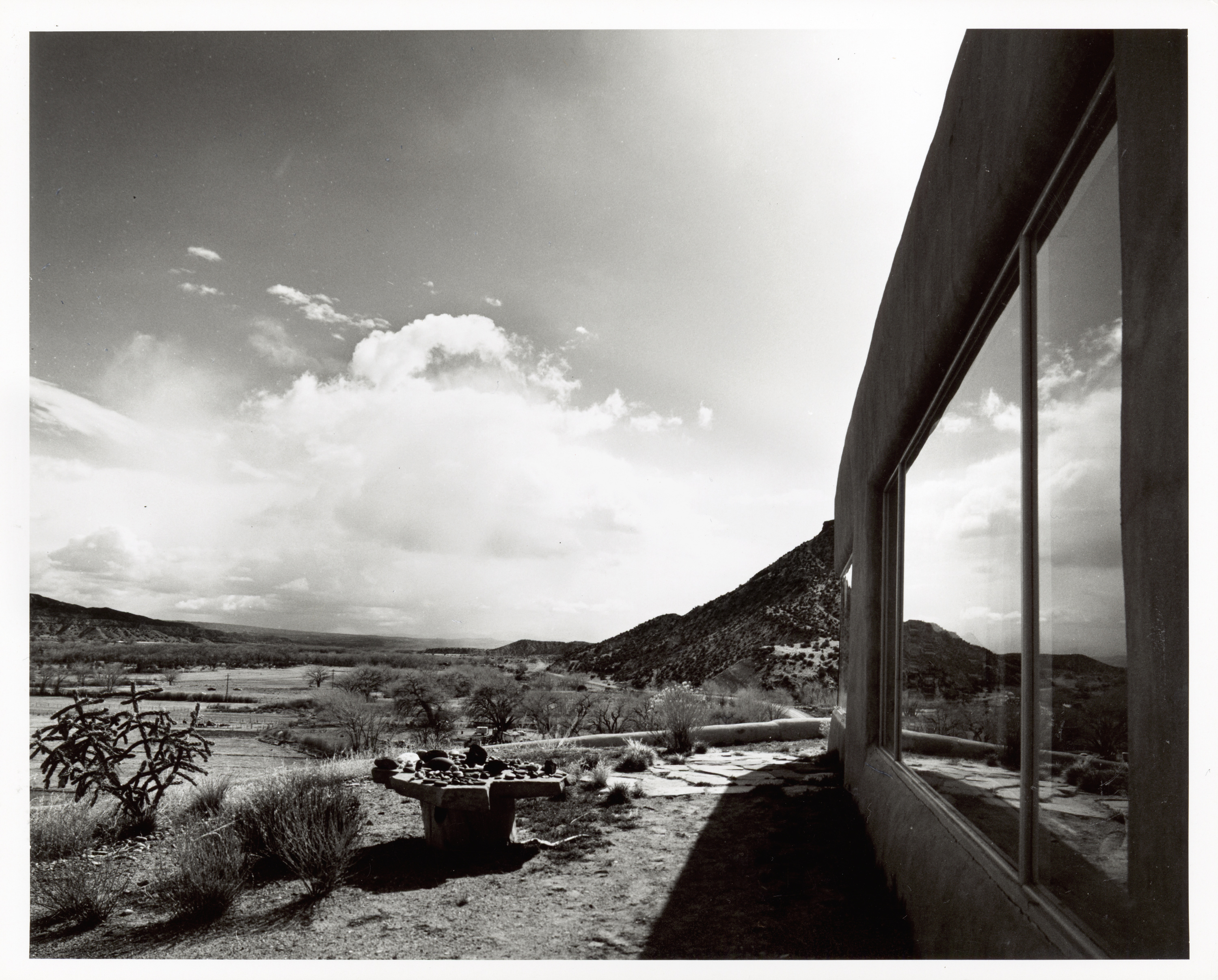
Nestled in the desert landscape of Abiquiú sits an unlikely mid-century–modern masterpiece. With a discerning eye for design, Georgia O’Keeffe transformed this dilapidated adobe house into a modern artist’s sanctuary where she would go on to create some of her most iconic works. As O’Keeffe’s home and studio for nearly 40 years, it was meticulously crafted to foster inspiration, contemplation, and artistic innovation.
When O’Keeffe purchased the property in 1945, the home had been vacant for many years. Without proper maintenance, most of the adobe walls had collapsed and the ceilings caved in due to exposure to snow and rain. While this meant the state of the buildings resembled ruins, it also allowed O’Keeffe to exercise creative freedom when it came to the reconstruction.
In the wake of her husband Alfred Stieglitz’s death in 1946, O’Keeffe returned to New York City to settle his estate. Not wanting to wait on the reconstruction of the home, she hired her trusted friend, Maria Chabot, to be the foreman and project manager. O’Keeffe and Chabot wrote hundreds of letters back and forth, discussing the layout, materials, cost and everything else that went into the project. Through this correspondence, it is evident that Maria Chabot equally contributed to the overall design of Georgia O’Keeffe’s Abiquiú home. Many key features were initially suggested by her, such as rebuilding the old carriage house and placing O’Keeffe’s painting studio and bedroom there.
With its large picture windows, skylights, and open layout, O’Keeffe’s home circumvents regional norms while still retaining much of the original architectural features and traditional adobe treatments. This layered quality ascribes the home with a unique aesthetic and transformed it into the perfect setting for O’Keeffe to explore interior design.
Visitors travelling to the O’Keeffe Home & Studio today will find it set up how the artist left it in 1984 when she moved to Santa Fe for the last two years of her life. But over the four decades she spent in the home, O’Keeffe continuously moved furniture around, changed décor, and even made physical changes to the house, such as creating adobe mounds around her coffee table for seating only to have them removed when she became bored with them, replacing them with velvet floor cushions.
Despite her being miles from design hubs in New York or Chicago, O’Keeffe’s connections with furniture and textile designers, coupled with her keen sense of style, resulted in a dynamic space in which she could experiment with color, pattern, and texture. As a modernist artist, it is no surprise that O’Keeffe embraced and even preferred midcentury modernism – a movement defined by experimentation with materials and the simplification of objects to their essential forms.
In Artful Living: O’Keeffe & Modern Design, we invite you to learn about O’Keeffe’s mid-century–modern home, which continues to inspire designers and design enthusiasts to this day.
–
Curator Giustina Renzoni gave an online lecture July 3, 2024 available to view on YouTube.





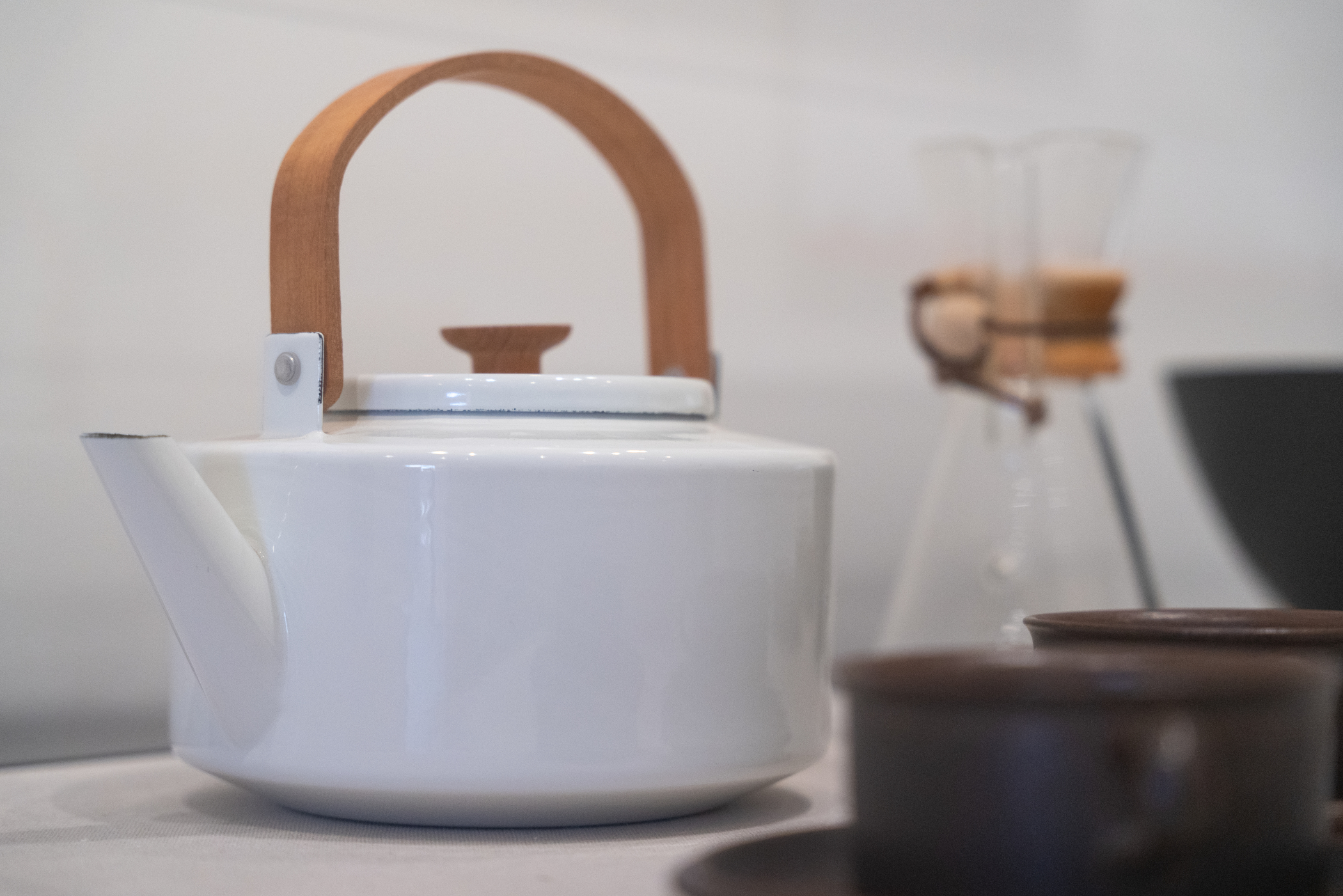


![A note using cursive writing that says: 'for dear georgia [heart shape] c+r -eames 1979'.](/artful-living/_assets/images/figures/2007-4-8_Eames_13.jpg)
